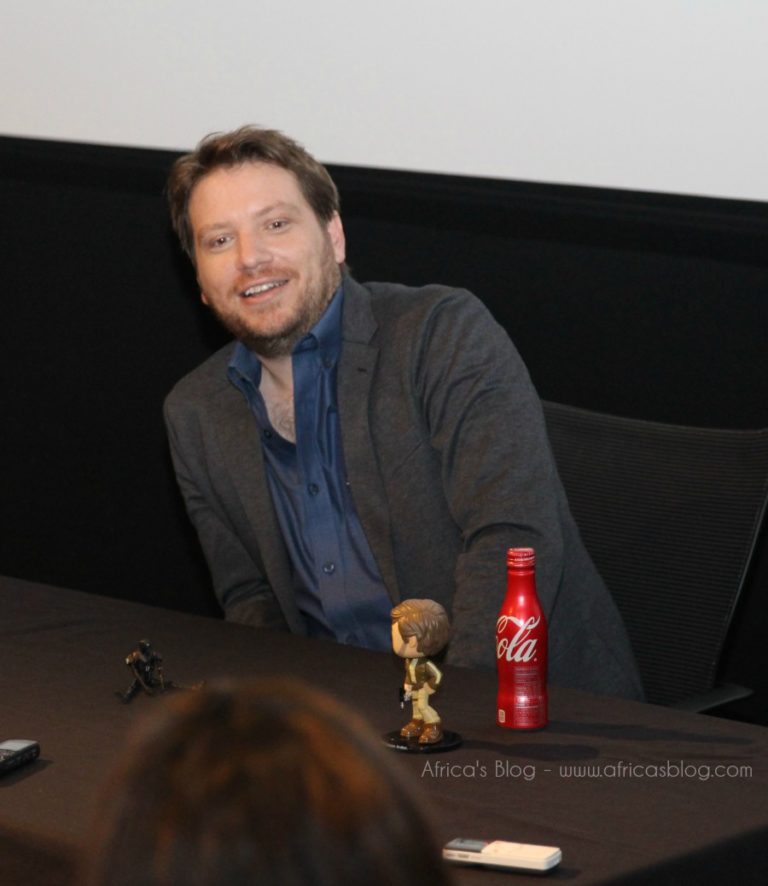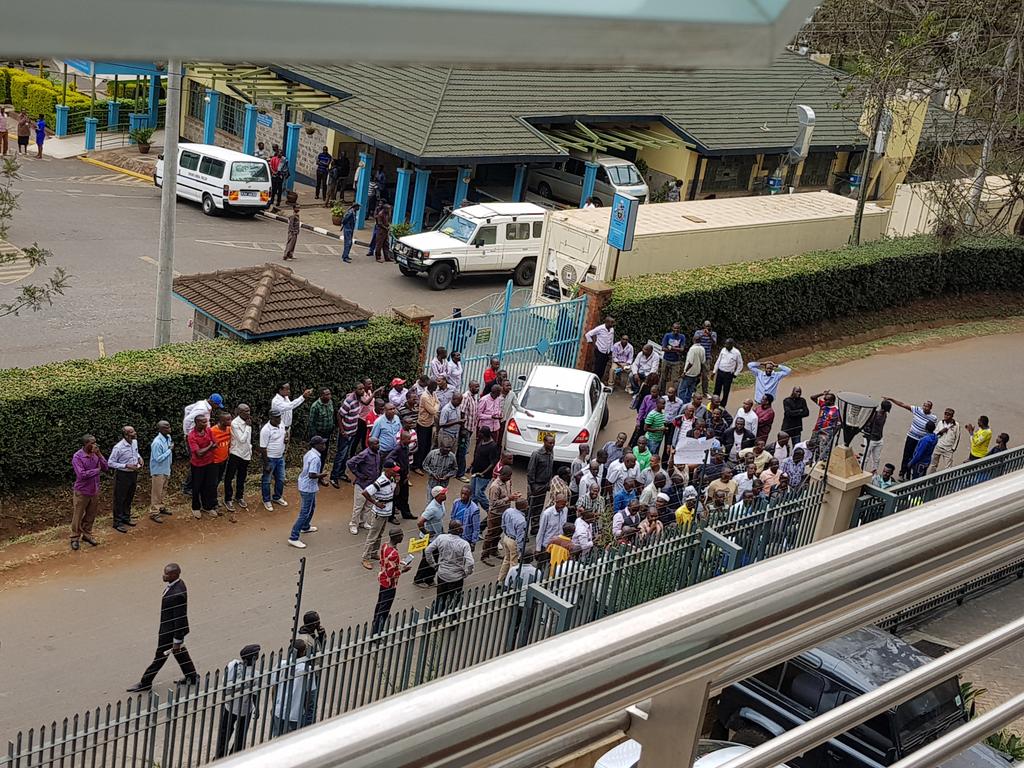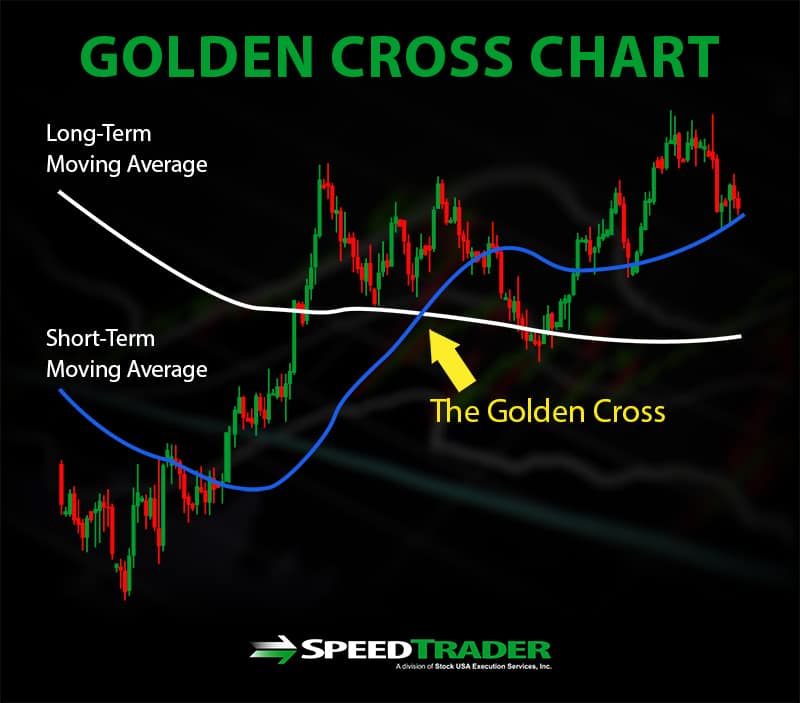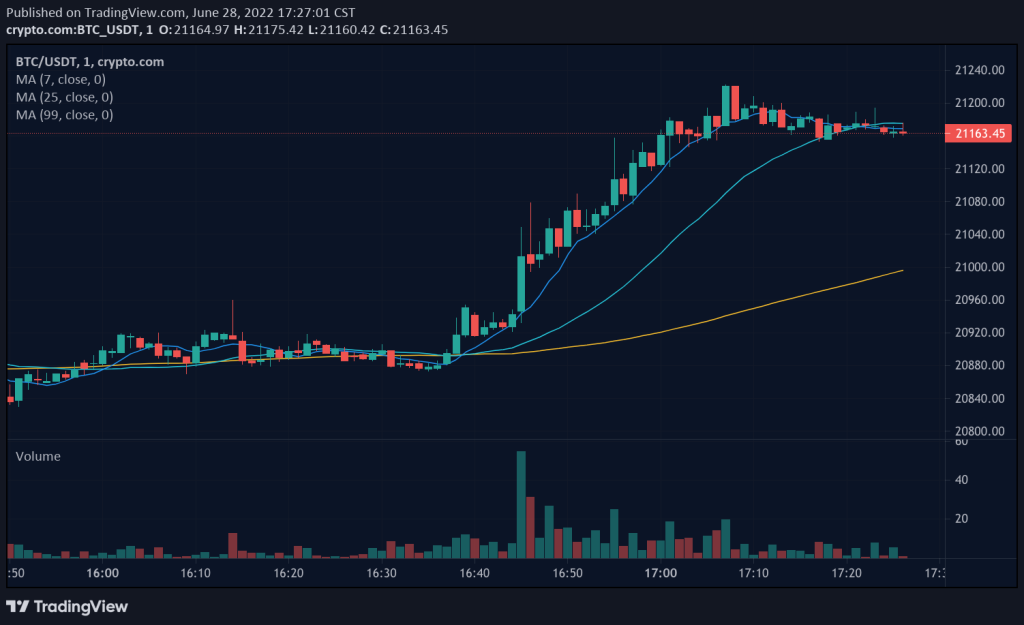The Andor Director And The Rogue One Recut: A Close Call

Table of Contents
Tony Gilroy's Rescue Mission: Stepping In to Save Rogue One
Tony Gilroy, a veteran screenwriter known for his work on films like Michael Clayton and The Bourne Identity, had a pre-existing relationship with Lucasfilm. When Rogue One's initial cut fell short of expectations, plagued by pacing issues and narrative inconsistencies, Gilroy was brought in to spearhead a massive overhaul. The first cut, according to various reports, lacked the emotional punch and coherent narrative that a Star Wars film demands. It needed a significant injection of character development, improved action sequences, and a stronger, more focused storyline.
The scale of Gilroy's intervention was immense. His involvement transformed the entire post-production process. This wasn't a simple polishing; it was a complete restructuring.
- Significant script rewrites: Gilroy oversaw substantial changes to the script, tightening the narrative and enhancing the character arcs.
- Extensive reshoots with key actors: Major scenes were re-shot, requiring the return of the cast for additional filming. This involved considerable logistical effort and expense.
- Reworking of action sequences and emotional beats: The film's action sequences were redesigned for greater impact and emotional resonance, shifting the focus from sheer spectacle to strategic and emotionally charged battles.
- Improved character development and narrative clarity: Gilroy's rewrites added depth to the characters, making their motivations and sacrifices more meaningful and understandable for the audience.
The Impact of Gilroy's Vision on Rogue One's Final Product
Gilroy's influence on Rogue One is undeniable. The final product stands in stark contrast to the reportedly troubled first cut. He successfully transformed the film's tone, shifting it from a potentially disjointed and underwhelming experience to a gripping and emotionally resonant war story.
- Improved pacing and narrative flow: The revised script created a more cohesive narrative, ensuring a smoother and more engaging viewing experience. The pacing became far more effective, building suspense and delivering emotional weight at precisely the right moments.
- Stronger emotional connections with characters: Gilroy’s intervention allowed the audience to connect with the characters on a deeper level, enhancing the film’s impact and emotional resonance. The sacrifices made were felt much more powerfully.
- Enhanced action sequences that were more impactful: The redesigned action sequences not only looked better but were also more strategically sound and emotionally charged, enhancing the overall impact of the battle scenes.
- A more satisfying and cohesive overall storyline: The "Rogue One recut" resulted in a story that was not only entertaining but also emotionally resonant and thematically rich, leaving a lasting impression on viewers.
Lessons Learned: The Importance of Post-Production Refinement in Blockbuster Filmmaking
The Rogue One experience serves as a potent reminder of the crucial role of post-production in shaping a successful film, especially within the high-stakes world of blockbuster filmmaking.
- The risks of releasing a film prematurely: Releasing a film before it is truly ready can have devastating consequences, as demonstrated by the initial Rogue One cut.
- The significance of creative collaboration and compromise: The successful Rogue One recut highlights the importance of creative collaboration and a willingness to adapt and make changes based on feedback.
- The role of post-production in elevating a film's quality: Post-production is not merely a technical process; it’s an opportunity to enhance a film's artistic and narrative strength. Test screenings and audience feedback are vital.
The Andor Connection: Gilroy's Consistent Vision in the Star Wars Universe
Gilroy's involvement with Rogue One wasn't a one-off. His experience on the film directly informed his role as showrunner for Andor, the critically acclaimed Star Wars series. The stylistic and thematic similarities between the two projects are striking.
- Similar character development techniques: Both Rogue One and Andor feature complex characters with realistic motivations and flaws, driven by their convictions.
- Consistent thematic exploration of rebellion and resistance: Both projects delve into the complexities of rebellion, showcasing the sacrifices and moral dilemmas faced by those fighting against a powerful oppressor.
- A focus on grounded, realistic storytelling: Gilroy’s signature style, characterized by realistic portrayal of conflict and its human cost, is prevalent in both Rogue One and Andor.
Conclusion:
The "Rogue One recut" stands as a remarkable example of how crucial post-production can be in salvaging a project and shaping its ultimate success. Tony Gilroy's contributions were nothing short of transformative, rescuing Rogue One from potential disaster and delivering a critically acclaimed Star Wars installment. His vision, evident in the refined pacing, enhanced character arcs, and improved action sequences, directly contributed to the film’s enduring popularity. This successful rescue mission is further cemented by the success of Andor, showcasing Gilroy's consistent approach to nuanced storytelling within the Star Wars universe. Dive deeper into the fascinating behind-the-scenes story of the Rogue One recut and explore the incredible impact of Tony Gilroy's contribution to the Star Wars universe. Learn more about the Rogue One recut and its lasting legacy.

Featured Posts
-
 Get Cashback With Uber Kenya Good News For Riders And Drivers
May 08, 2025
Get Cashback With Uber Kenya Good News For Riders And Drivers
May 08, 2025 -
 110 Return Predicted Why Billionaires Are Investing In This Black Rock Etf
May 08, 2025
110 Return Predicted Why Billionaires Are Investing In This Black Rock Etf
May 08, 2025 -
 Jayson Tatums Status Celtics Vs Nets Game Injury Update
May 08, 2025
Jayson Tatums Status Celtics Vs Nets Game Injury Update
May 08, 2025 -
 Bitcoins Golden Cross Historical Context And Future Price Outlook
May 08, 2025
Bitcoins Golden Cross Historical Context And Future Price Outlook
May 08, 2025 -
 Trade War And Crypto A Winning Strategy For Investors
May 08, 2025
Trade War And Crypto A Winning Strategy For Investors
May 08, 2025
